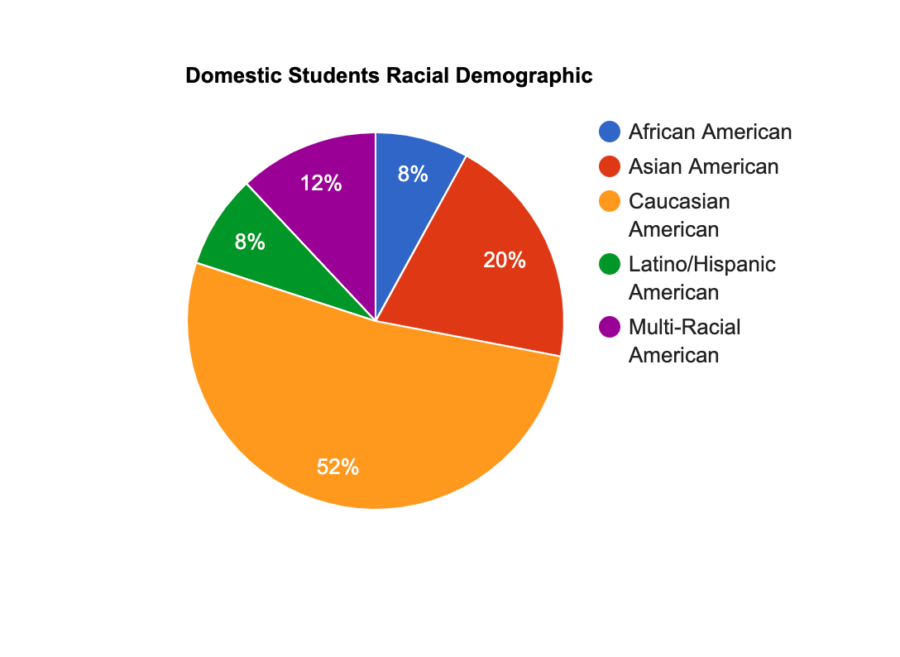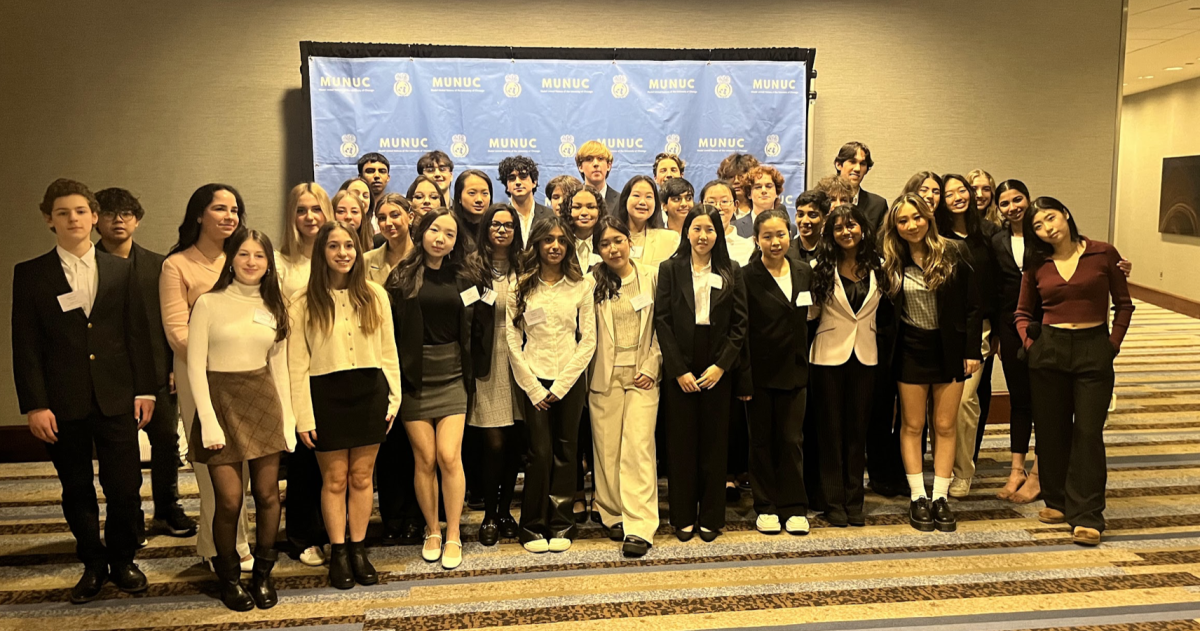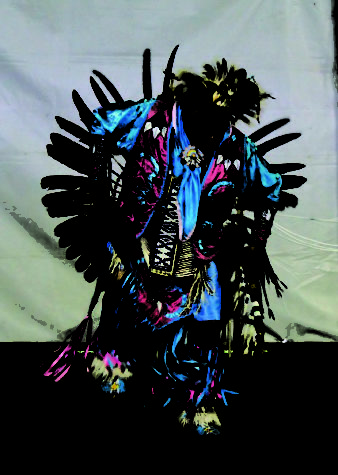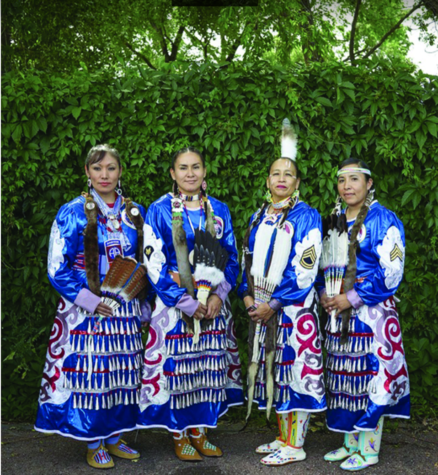Native American Heritage Month: Native voices at LFA
December 8, 2021
Before seeing the headline of this month’s centerfold, did you know it was Native American Heritage Month? Unfortunately, for many the answer is no.
On a national level, the month is not highlighted as much as it should be—but what about here at LFA? How can such a diverse school leave out such an integral population of the United States? The issue begins with the demographics of LFA. In looking at the statistics above, Native American and indigenous caxys are simply not a part of the demographics. While there have been some Native American students in the past, that number has dwindled to zero. Many aspects contribute to this: LFA’s location, tuition costs, and the Native population of Illinois included.
This is why there is no affinity group, as there are simply no students to make up a group at all. The lack of an affinity group is the reason for the lack of awareness. Native American culture is not advocated for because affinity groups and student interest drive so much of the morning meeting announcements and the all school emails. The representation and student voices are so inadequate that even during Native American Heritage Month there is not so much as a powerpoint.
Just because we have no Native representation does not mean we can’t raise awareness and learn. Curricula include indigenous history, but for most classes no longer than a month. A History of Human Rights in the Americas is the closest I have had to an in depth conversation about indigenous history, and that is an elective for upperclassmen. At the beginning of this month, faculty were sent resources related to Native American Heritage Month. The library has a Native American literature collection and LFA is hosting a trip to the Southwest. All of these efforts are important, but they are in the background, instead of being broadcasted like they should be.
Lusanda Mayikana, Dean of Pluralism and Multiculturalism, stated, “You can feel that gap, but at the same time I feel like we are not doing enough.” What does doing enough look like? Mayikana says that it all starts with gaining perspective of the real, horrific history. It starts with leaning into the discomfort, and acknowledging the atrocities this country has commited and continues to commit against Native people. As an educational institution, we are capable of doing this in the classroom. The next step towards representation is actively getting native students to attend LFA. Additionally, LFA can bring in Native speakers to educate the community about culture and appreciation. Another way LFA could bring awareness to Native people is to offer a land acknowledgement, in which together we reflect on the land we are on and to whom it belonged.
This work is not easy. Each one of us has to question global rhetoric around indigenous culture and history. We have to look this bias in the face and do something about it. At a school that promotes diversity, this exclusion must be evaluated and addressed. The strong community of LFA is capable of broadening our inclusion and living up to our collective values.













